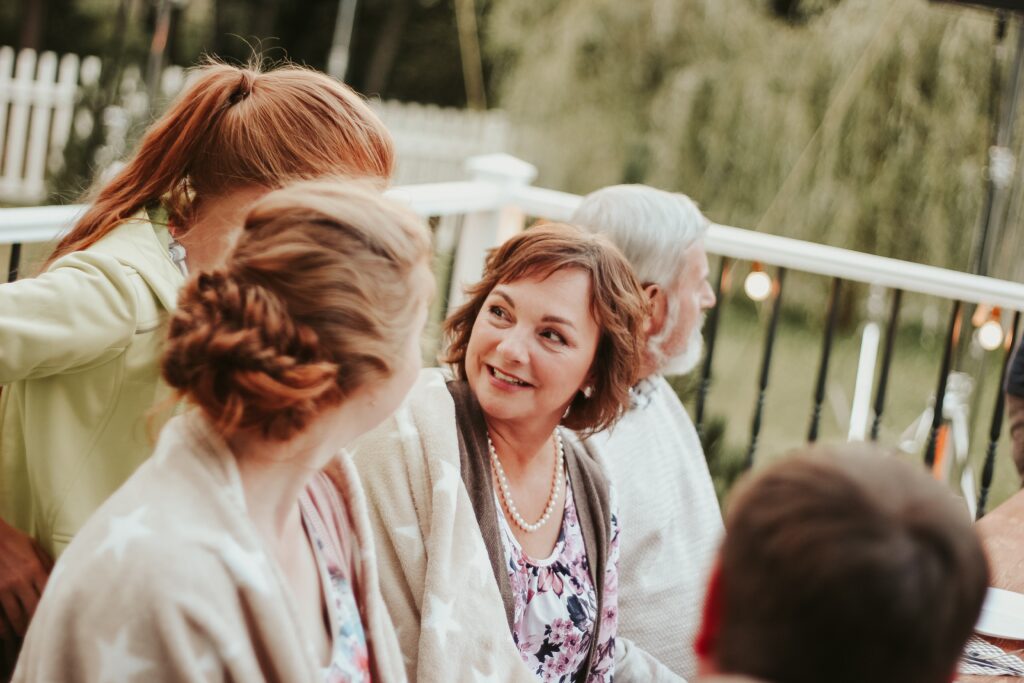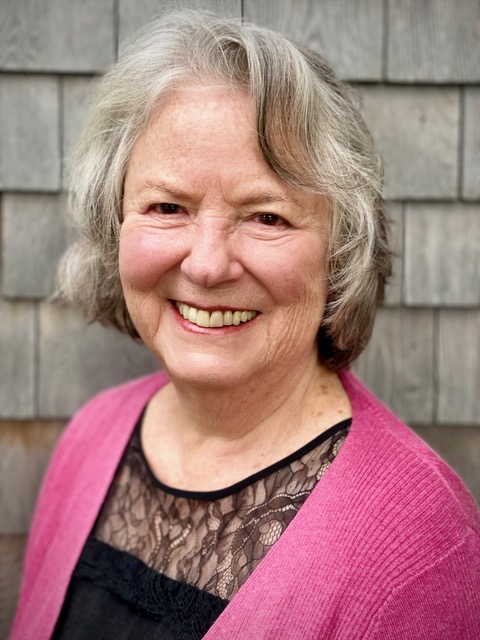
Mental health disorders continue to rise though treatments have changed little—if at all—in decades, and healthcare professionals are calling for new, innovative solutions to address the growing crisis. A possible answer? Psychedelics.
Used for centuries by Indigenous cultures, plant-based psychedelics like psilocybin and ayahuasca may provide relief for people with depression, anxiety, and addiction. Already research studies hint at the potential of psychedelics, though there’s much to learn about their long-term efficacy.
But as we discuss psychedelics like psilocybin and ayahuasca, we must also acknowledge their significant spiritual and sacred components that do not easily translate into Western culture. What does this mean for our understanding of the use of psychedelics, and what can we learn from Indigenous practitioners? As we discuss the potential of plant-based psychedelics, we must explore their sacred histories and rising popularity together.
What is psilocybin?
Psilocybin is a compound found in certain species of mushrooms that causes a hallucinogenic state when consumed, hence the colloquial name “magic mushrooms.” It’s challenging to determine the exact amount of psilocybin in mushrooms, so its effects can be quite varied. You can eat or cook with dried mushrooms, steep them in tea, or take them in a capsule form. Psilocybin takes about thirty minutes to take effect, and a “trip” lasts about three to six hours.
It’s also important to note that psilocybin is classified as a Schedule I substance, which means it’s illegal and has no medical purpose. That said, the FDA has begun to reclassify psilocybin as a “breakthrough therapy” in specific cases to hasten its approval for mental health treatment. Various US cities and states (like Oregon) are also beginning to pass laws to legalize the use of psilocybin.
What is ayahuasca?
Ayahuasca is a special brew made from two plants used in South and Latin American spiritual ceremonies. The primary ingredients in ayahuasca include the Psychotria viridis shrub, which contains DMT (a hallucinogen and Schedule I substance), and the Banisteriopsis caapi vine, which contains inhibitors that prevent DMT from breaking down too quickly. Like psilocybin, ayahuasca can induce an out-of-body state and alter one’s sense of thinking and time.
How are psychedelics like psilocybin and ayahuasca used?
To legally study psychedelics like psilocybin and ayahuasca, research groups needed to receive governmental permission. An approved group out of Johns Hopkins created their first official publication in 2006 considered the “landmark study that sparked a renewal of psychedelic research worldwide.”
Johns Hopkins Center for Psychedelic and Consciousness Research is also responsible for renowned studies on psilocybin’s ability to help longtime smokers quit and ease anxiety in people with terminal or late-stage cancer (NYU also conducted similar research). However, more studies are beginning to focus on psilocybin’s ability to alleviate major depressive disorder (MDD) and treatment-resistant depression in response to the growing need.
Dr. Rachel Harris, a clinical researcher and psychotherapist with over 40 years of experience in private practice, explained how this might work. “Now we know it doesn’t last forever, but there’s a loosening up, so clinically, what that means is if you’re stuck in a certain type of thinking, after a psychedelic journey, you have a couple of weeks of being more open. This means there’s a greater chance to break out of those old patterns. Therapeutically that’s very hopeful.”
Yet Dr. Harris, author of Listening to Ayahuasca and Swimming with the Sacred, whose knowledge of psychedelics for psycho-spiritual use stretches back to the 1960s, cautions the growing excitement regarding psychedelics for mental health disorders. “With all these different approaches, we don’t have hard data yet on which approach is best for which presenting symptoms,” she explained. “We’re in the learning mode and are just now figuring out how to use them.”
Dr. Harris went on to explain that current research studies include very little psychotherapy on either end of a psychedelic journey. Studies confirm that combining psychedelics with regular therapy sessions may prove most effective for long-term change. However, it’s a more costly option, which can delay FDA approval, leading more studies to limit the number of psychotherapy sessions included.
Though researchers tend to focus more on psilocybin, small studies on ayahuasca also show promising signs, though they require more large-scale confirmation. One study hypothesizes ayahuasca may have “neuroprotective” benefits as DMT, the hallucinogenic compound in ayahuasca, may help protect our brain cells. Others found that people experience less depression immediately after taking ayahuasca—however, inconclusive evidence questions whether ayahuasca produces any notable, long-term changes in mood or personality.
Why aren’t there more studies on the promising effects of psilocybin and ayahuasca? We must remember these are illegal substances and as such it’s challenging to build clinical trials and secure funding for large-scale studies. That may change, however, as the need for more novel antidepressant solutions continues to skyrocket.
What are the side effects of taking psilocybin and ayahuasca?
Psychedelic effects vary based on someone’s physical characteristics, age, environment, amount consumed, and whether that person has taken psychedelics before. Each can cause physical side effects, including nausea, though ayahuasca carries a higher risk for more significant side effects like dizziness, vomiting, and sweating.
People who take psychedelics like psilocybin and ayahuasca often report differing experiences, some feeling euphoria and regeneration while others tell stories of worsening paranoia and panic. Both substances can also exacerbate existing mental health conditions instead of helping. That’s why Dr. Harris cautions if someone chooses to explore psychedelics to make sure your guide takes a thorough medical and psychiatric history to avoid such incidents and medication interactions.
Why should we pay attention to the sacred nature of psychedelics like psilocybin and ayahuasca for mental health treatment?
Differing significantly from a Western mindset that prioritizes psychedelic use for more urgent, established conditions like treatment-resistant depression, Indigenous groups use psychedelics to enhance one’s wellbeing or mental state. You do not need to suffer from a mental health condition to participate in a psychedelic ceremony. Instead, it’s seen as a sacred journey that can unlock spiritual connections and enhance mental clarity.
“Our culture is still very young in learning how to use them,” Dr. Harris explained, referring to the various uses of psychedelics beyond cost-effective symptom reduction. “There’s so much we don’t know. And the people with the most experience are the underground women,” she noted, referencing the subjects of her latest book Swimming in the Sacred. “They have well-established rituals and sacred ways of using [psychedelics]. What are our sacred ways in this culture? We don’t have a container for them.”
We must remember we’re only beginning to uncover the vast world of psychedelic use—a world quite unlike our own. Yet Western medicine may need to learn how to balance the sacred nature of psychedelics alongside novel research studies to achieve maximum benefit.
Dr. Harris began to bridge such a gap in 2012, surveying 81 people who used ayahuasca at least once, and found they were engaged in an authentic, spiritual process. Almost three-quarters of those surveyed reported feeling a relationship with the “spirit of ayahuasca.” Additional insights revealed they also “reduced their alcohol intake, ate healthier diets, enjoyed an improved mood, and felt more loving in their relationships.”
The users achieved integrated physical, spiritual, and psychological benefits from taking ayahuasca, highlighting the holistic nature of the psychedelic. How this integration can translate into modern mental health treatment and practice, however, remains to be seen.
What does the future hold for the mainstream use of psilocybin and ayahuasca to treat mental health?
“My hope is that as a culture, we will learn to work with these medicines in lots of different ways so people have safe choices to work in a sacred, spiritual way or in a medical way, and that there’s a range of options, all of them safe and available,” said Dr. Harris.
Psychedelic communities exist in many cities and can facilitate connections and provide information about psilocybin and ayahuasca. Remember to ask how long someone has been practicing, where they received training, and about their qualifications before going on a trip or participating in a ceremony.
Though much remains unknown about integrating psychedelics into mainstream mental health treatments, we must step back and look at the bigger picture and their potential use for contributing to life enhancement—not simply symptom reduction. Imagine, for instance, an effective treatment for depression and anxiety brought on by menopausal changes. Or, as noted in an earlier article, reversing symptoms of postpartum depression. We are not there yet, but we can remain hopeful that psychedelics may be—or at least lead to—new answers.
The Company does not advocate or endorse the use of illegal substances of any kind. The information contained in this article above is not meant to provide or replace medical advice. Please consult your healthcare provider.

About Dr. Harris Rachel Harris, PhD, is the author of Swimming in the Sacred: Wisdom from the Psychedelic Underground and Listening to Ayahuasca. A psychologist who has been in private practice for 40 years, she spent 10 years in an academic research department where she published more than 40 scientific studies in peer-reviewed journals and received a National Institutes of Health New Investigator’s Award. Rachel splits her time between an island in Maine and the San Francisco Bay Area. Visit her online at swimminginthesacred.com